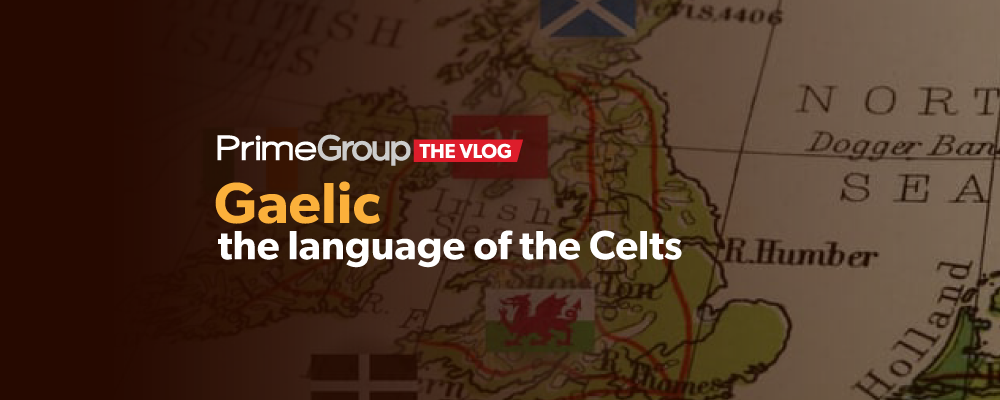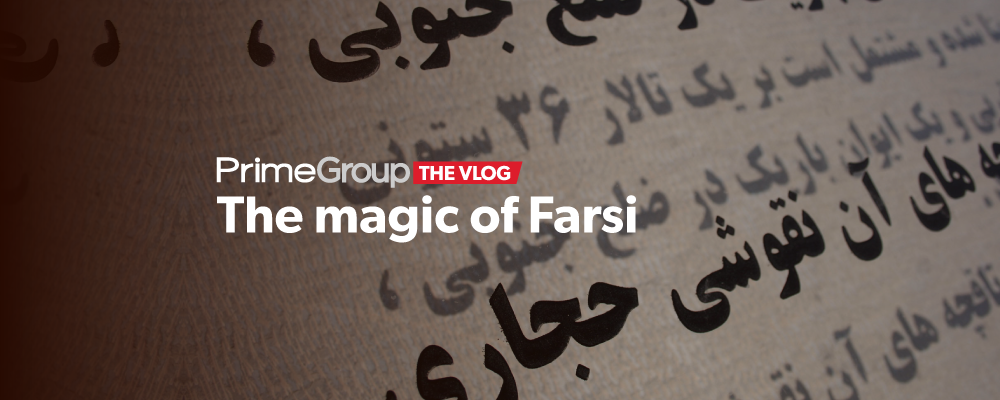Welcome to a linguistic and cultural journey through the green landscape of Ireland, an island shrouded in myths where the Irish language, Gaelic or Gaeilge, acts as a common thread that unites its people with centuries of history, culture and tradition.
Irish, belonging to the Goidelic branch of Celtic languages, is one of the oldest languages in Europe. Its roots extend deep into time, with the first evidence of writing dating back to around the 4th century in the form of inscriptions in Ogham, an ancient alphabet consisting of marks carved in stone.
For centuries, Irish flourished, surviving Viking and Norman invasions, and remaining the predominant language of the Irish people. However, the arrival of the English and the subsequent British rule over Ireland led to a drastic decline in its use. The language was displaced by English, and for a time, it seemed destined to disappear.
But Gaelic refused to die. The late 19th century saw the awakening of the nationalist spirit and with it, the Gaelic Revival movement. This movement sought not only political independence for Ireland, but also the revitalization of its language and culture. Efforts were made to revive the teaching and use of Irish, and organizations such as the Gaelic League were founded to preserve and promote the language.
The 20th century brought Irish independence and with it the enshrinement of Irish as one of the two official languages of the Irish Free State. Today, Irish is recognized as one of the 24 official languages of the European Union, a testament to the success of preservation efforts.
Worldwide, an estimated 2,700,000 people have some knowledge of Irish, and approximately 355,000 are native speakers, most of whom live in Gaeltacht areas, regions where Irish is the everyday language. These areas are scattered mainly on the west coast of Ireland, in counties such as Donegal, Mayo, Galway and Kerry.
The language is divided into three main dialects: Munster, Connacht and Ulster, each with its own cadence and peculiarities. For example, the Munster dialect has a distinctive melody and a tendency to lengthen vowels, while the Ulster dialect has influences from Scottish Gaelic.
To facilitate teaching and unify writing, a standard of spelling and grammar was introduced in 1958, whose name I find unpronounceable but which you can see in the image ‘An Caighdeán Oifigiúil’.
Although this standard has been fundamental in education, many native speakers maintain a strong link with their regional dialects, enriching the diversity of the language.
The Irish alphabet, based on the Latin alphabet, consists of only 18 letters. Interestingly, it does not include many consonants that are common in other European languages. In addition, its syntactic structure favors indirect expression, and it has a nominal declension system that can be a challenge for new learners.
One of the most interesting features of Irish is its link to Spanish. Despite the geographical distance and cultural differences, they share certain linguistic similarities, both in syntax and in the use of accents. Is it because Irish and many Spaniards also share the same Celtic roots?
In any case, it must be said that Irish is also a repository of popular wisdom. Gaelic is full of proverbs and sayings that reflect the world view, humor, and philosophy of its speakers. These idioms often carry layers of meaning and are used both in literature and in daily conversation.
Irish literature, from the days of monks copying manuscripts to modern writers of renown such as Seamus Heaney and James Joyce, showcases the richness and flexibility of the language. Irish poetry is particularly notable for its use of alliteration, rhythm and rhyme, reflecting an age-old oral tradition.
Beyond literature, Irish is celebrated in music, from traditional “sean-nós” to contemporary compositions. World-renowned Irish music often incorporates Gaelic lyrics.
Learning and spreading Irish is an effort that can be witnessed in some Dublin clubs and pubs. In lively conversation and over a few Guinness beers on the table, groups gather to practice the Irish language that English almost completely pushed aside. In a globalized world, where minority languages struggle to remain relevant, Irish stands out as an example of resilience and cultural renaissance.
From its ancient Ogham script to its presence on social media and on various radio stations in the Republic of Ireland, Irish is still alive and well by the sole will of its speakers. It does not need subsidies or political patrons, as is the case with other minority languages in other parts of Europe. Irish thrives without having to overshadow the dominant English.
Let’s take a moment to talk about Irish or Gaelic names, deeply rooted in Irish culture and mythology. Many have meanings that describe personal qualities or are linked to the landscape. It is common for surnames to begin with “Ó” or “Mac”, indicating descent. In addition, names can change form due to the grammatical rules of the language, and many have been adapted to English. Recently, there has been a resurgence in the use of traditional Gaelic names, reflecting a renewed interest in Irish cultural heritage.
Let’s look at some examples and pardon my Irish…
Pádraig: Patrick, meaning “noble.”
Síle: Sheila, which is the Gaelic form of Cecilia.
Aodhán: Aidan, meaning “little fire.”
Máire: Mary, the Irish version of Maria.
Seán: John, the Irish version of Juan.
Gráinne: Grace, a name with mythological origins.
Caoimhe: Keeva or Kweeva, meaning “gentle” or “beautiful.”
Fionn: White or fair, also the name of a mythological hero.
Bríd: Bridget, after Saint Brigid of Ireland.
Niamh: Snow, a name associated with Celtic mythology, meaning “brightness” or “beauty.”



